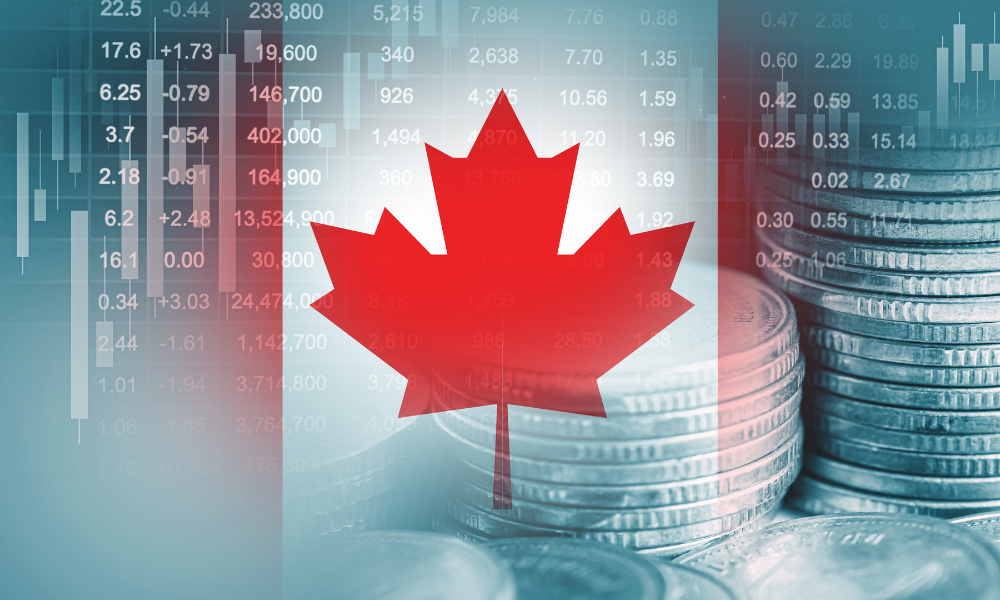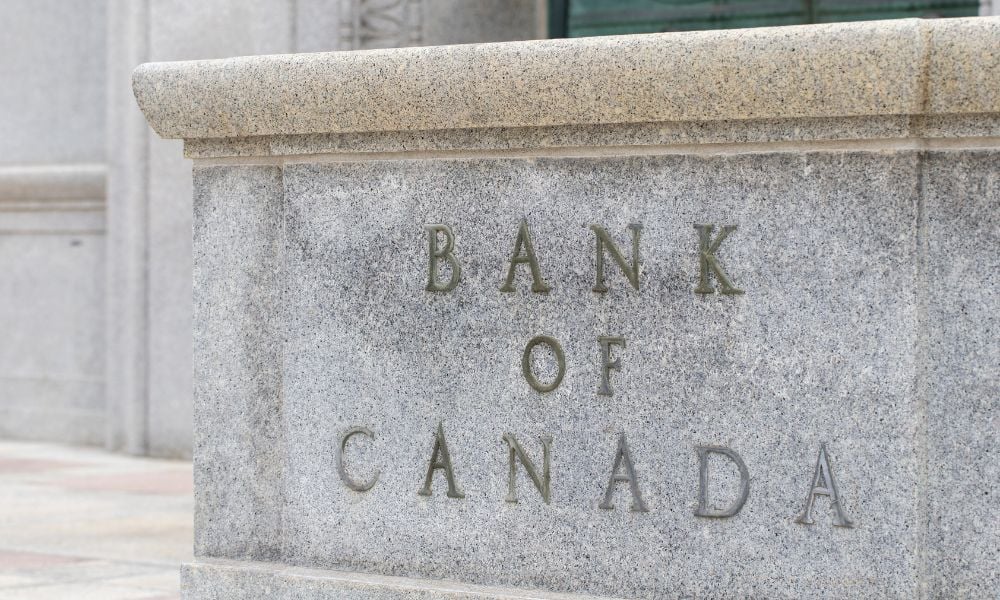Macklem says US tariffs and Canada's response could weaken the loonie, slow growth, and raise inflation

Bank of Canada Governor Tiff Macklem has warned that US tariffs and Canada’s planned retaliatory measures could severely harm the economy, reducing growth while increasing inflation.
As per The Canadian Press, Macklem said at an event hosted by the Mississauga Board of Trade and the Oakville Chamber of Commerce that these trade actions could lead to a structural change rather than a temporary shock.
“A new crisis is on the horizon. If US tariffs play out as threatened, the economic impact would be severe,” he stated.
According to Reuters, US President Donald Trump has announced a 25 percent tariff on all Canadian imports, set to take effect in March.
In response, Canada has outlined its own set of retaliatory tariffs on American goods. Macklem stated that prolonged and broad-based tariffs would result in a permanent reduction in economic output.
Macklem also noted that uncertainty surrounding US trade policy is already affecting the Canadian economy.
“If the US starts a protracted trade war, the consequences could be severe,” he said.
As reported by The Wall Street Journal, the Bank of Canada is considering how to respond to the trade dispute while balancing inflation risks.
In anticipation of the tariffs, the Bank of Canada has adjusted its monetary policy.
The central bank cut its key policy rate by 25 basis points to 3 percent on January 29, citing concerns that US tariffs could sustain inflation. This move was intended to cushion the economy from potential fallout.
The Canadian dollar has weakened amid the growing uncertainty.
As per Reuters, the loonie depreciated by 0.4 percent against the US dollar, and investors are now pricing in a 43 percent probability of another rate cut in March.
This decline reflects market fears about the economic impact of trade tensions.
Beyond monetary policy, Macklem emphasized the need for structural reforms to strengthen Canada’s economic resilience. In an article by The Canadian Chamber of Commerce, business groups have long called for increased productivity and reductions in interprovincial trade barriers.
Macklem noted that harmonizing or mutually recognizing regulatory differences between provinces could enhance domestic trade and reduce external vulnerabilities.
The broader economic impact of the tariffs is substantial. As per a recent analysis by The Canadian Chamber of Commerce, a 25 percent tariff could shrink Canada’s GDP by 2.6 percent, amounting to an average annual cost of $1,900 per Canadian household.
This would have significant effects on employment, consumer spending, and business investment.
Meanwhile, consumer sentiment is shifting. As reported by The New York Post, many Canadians are canceling travel plans to the US in protest of the tariffs.
The uncertainty is also causing businesses to reconsider investments, with some pausing expansion plans amid unpredictable policy changes.
As the March deadline nears, the Bank of Canada and the federal government continue to monitor the situation.



